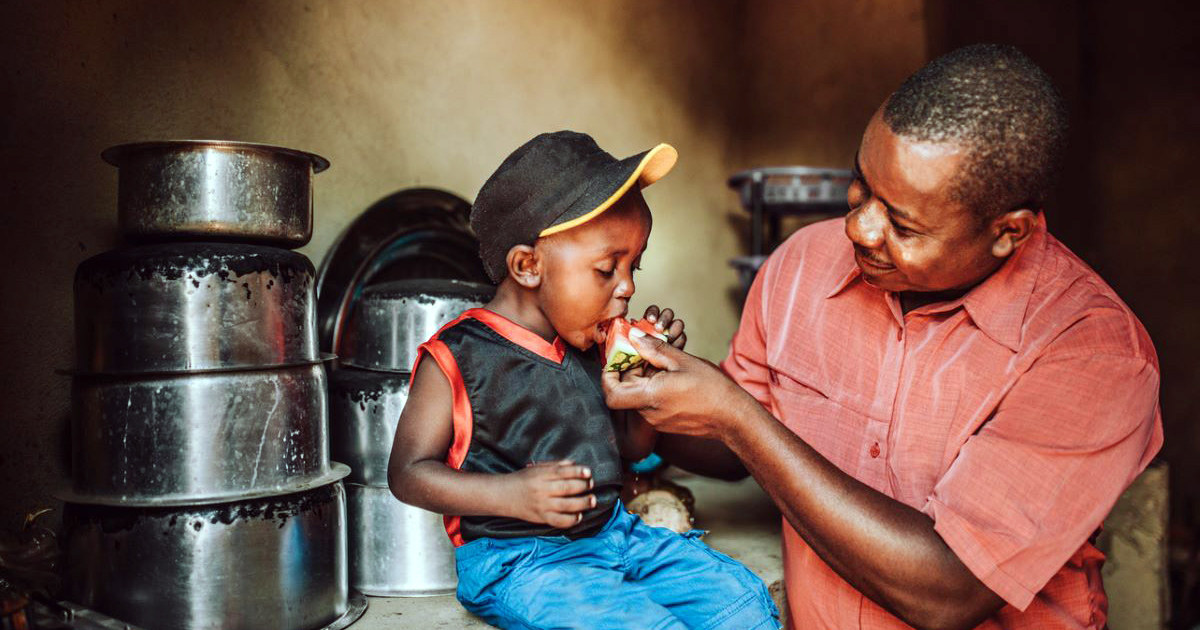Anemia Prevalence and Correlates Among Young Children and Pregnant Women in Indonesia
Download
Associated Project
Indonesia: Improving Maternal and Child Health Through Training and Community Engagement
Prepared for:
Millennium Challenge Corporation
Key Findings
Key Findings:
- Anemia was very high among children and pregnant women across all socioeconomic groups. This suggests that awareness and prevention campaigns should span the socioeconomic spectrum.
- Although worms afflicted only 14 percent of children aged 24-35 months, those who were infected experienced much higher rates of anemia than children who were not infected. Similarly, children with diarrhea in the last week in the 24-35 month age group were 25 percent more likely to be anemic. This suggests that exposure to worms and diarrhea may be an important factor in developing anemia for two year old children.
- As expected, consuming meat was associated with lower levels of anemia among children older than 11 months and among pregnant women. Children older than 11 months were also less likely to be anemic if they consumed vegetables (many of which are likely rich in iron or likely promote iron absorption).
- Regular formula use was associated with much lower levels of anemia among children 6-35 months, which suggests that providing children in this age range with supplemental formula may be beneficial to prevent anemia.
This anemia brief takes a detailed look at the prevalence of anemia among children 6-35 months old and pregnant women and identifies risk factors for anemia in those populations in rural areas of Central Kalimantan, West Kalimantan, and South Sumatra in Indonesia. Data used in this analysis was collected in a household survey between November 2014 and February 2015.
How do you apply evidence?
Take our quick four-question survey to help us curate evidence and insights that serve you.
Take our survey
